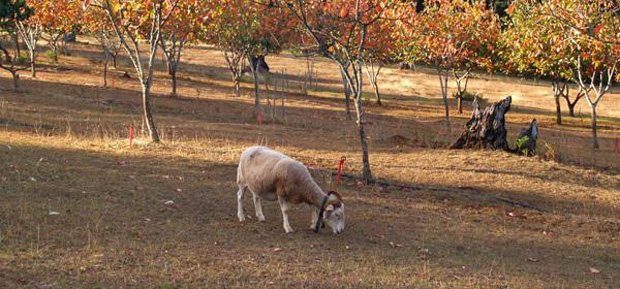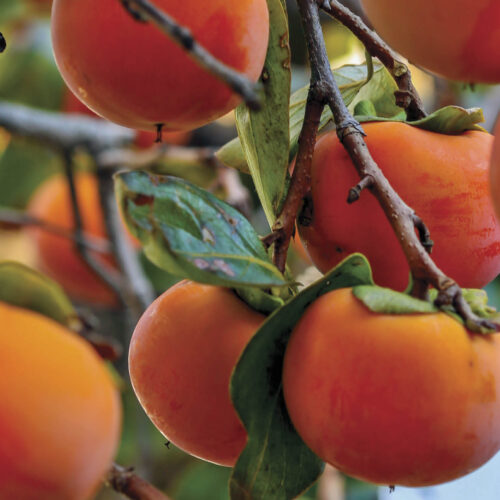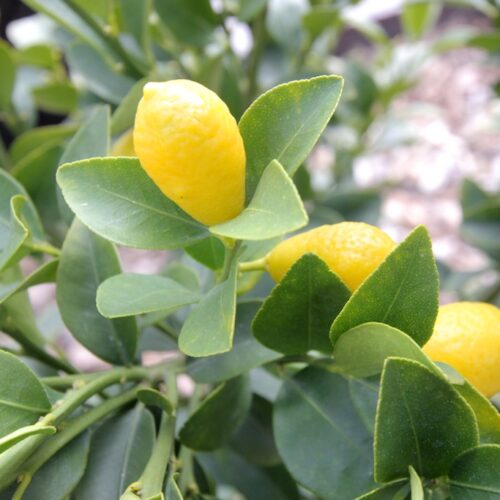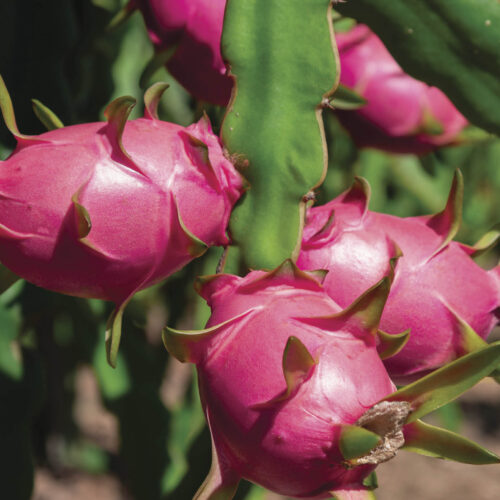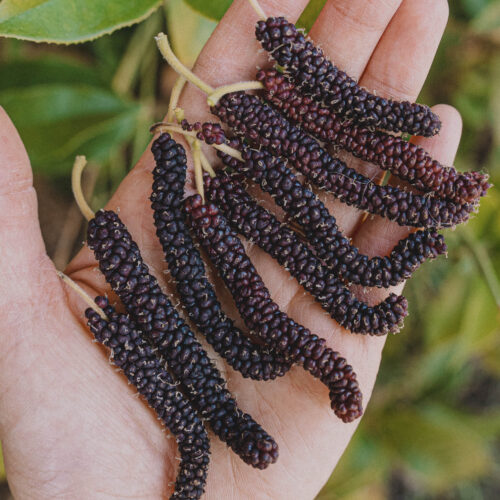Give persimmons a chance
2013-04-11T23:26:43+10:00
Persimmon season has arrived, and JUSTIN RUSSELL suggests that people give the misunderstood fruit a second chance.
Hands up those who love persimmons. I’m guessing half of you do, and the other half loathe the things with a passion. Like coriander, which generated a very mixed response to a previous blog of mine, persimmons are another one of those love it or hate it foods.
For what it’s worth, I love them. To my palate, the flavour is an interesting cross between mango and apricot, tropical and familiar at the same time. But I don’t think it’s the flavour that puts people off. Its the texture. Old fashioned persimmon varieties are wickedly astringent when eaten under-ripe, causing all sorts of mouth puckering expressions, and are best eaten once allowed to “blet” or semi-rot. This mellows out the tannins in the flesh and makes it wonderfully sweet.
In its ripened state, persimmon flesh goes soft and mushy with a texture not unlike apricot jam. To eat a ripe astringent persimmon, you simply slice off the top, and scoop out the flesh with a teaspoon. The process sounds completely horrendous to our convenience-tuned brains, but try it, you might be surprised how delicious a properly ripe persimmon can be.
If your stomach can’t handle such semi-rotted deliciousness, help is at hand. There’s always the option of non-astringent persimmons. Varieties such as Fuyu and Jiro are just starting to come into season, and the good news is that they can be eaten when firm and crisp, just like an apple, or allowed to soften and eaten like an astringent variety.
The trees themselves are beautiful things as well. The non-astingents mentioned above are self-pollinating and relatively compact, growing to around five metres tall and wide. They colour up brilliantly in autumn with tones of red and orange, even in subtropical climates, and late ripening varieties can have fruit still hanging on the tree after the leaves have dropped, giving the impression of little orange lanterns hanging from the gnarled branches.
If you’ve written off the persimmon, maybe this autumn is the time to see the fruit, and the tree, with new eyes. All I am saying (channelling the great John Lennon) is give persimmons a second chance.
Photo: A persimmon orchard at Cloudlake Mountain Retreat, Ravensbourne.

